|
The Colosseum continues to be a magnet for attention today, 2000 years later. This lesson features this amazing structure as the focus, created to look like stone by scrunching the paper.
0 Comments
ABOUT ANCIENT GREEK VASES Ancient Greeks used pottery in their everyday lives, much like we use water bottles or containers to hold food. Special pottery for religious or special occasions were decorated with pictures or designs. My little campers traced and painted a tall Grecian vase in a flat brown then saw how we can make a flat object LOOK 3D by adding light and shadows! Then they printed patterns using some humble materials... cardboard and q-tips! ABOUT GREEK POTTERY GREEK POTTERY was created for everyday use, even though they may seem too beautiful to use. Artists shaped their SYMMETRICAL pottery on a potter’s wheel and divided the surfaces into HORIZONTAL bands. The clay the artist used was readily available throughout Greece. The preferred clay was called ATTIC CLAY which had a high iron content and gave the vase an orange-red color. The images told the story of everyday life, with images often being repeated around the vase. Some patterns or objects were solid while others were outlined. Every band was filled with GEOMETRIC shapes—circles, arcs, triangles, zigzags, wavy lines and herringbone patterns. They'll need a few days to dry and harden so we will paint by the end of the week! The Trojan war is a war that took place 2500 years ago between the Spartans and Trojans. The story is that the king of Sparta in Greece heard that his beautiful wife Helen had been kidnapped by the prince of Troy, which was a city in modern-day Turkey. Soon, Greek ships set sail for Troy to get the queen back. After years of fighting, the Spartans defeated the Trojans. Today we looked at pictures of what these Trojan soldiers wore and then they created these striking 3D helmets. ABOUT THE ROMAN LYCURGUS CUP The Ancient Romans created glass goblets that were used only for special occasions. Because they were glass, only a few have survived to today. These special goblets were made with a glass that changes color in different lighting. The green and red goblets above are actually the same goblet, just with different lighting. Today they created these beautiful goblets using tissue paper and gold paint! 😍 ABOUT THE GLADIATORS IN ANCIENT ROME The Ancient Romans built the Colosseum in order to provide a place for entertainment for the citizens of Rome. Sadly, their favorite entertainment was gladiator fights, which involved slaves, trained to be gladiators, who were forced to fight each other, often to death. If a gladiator won enough fights, he might win his freedom, though very few gladiators ever did. They were all sufficiently appalled by this and they seemed very surprised that people would think of selling other people. Aah the wisdom of children. ❤️ We spent a long time today working on sketching the human form and getting the proportions of the body just right. Tomorrow they’ll clean up their drawings and finish them off with paint and add the Colosseum in the background. The campers loved creating a portrait of an ancient Olympian. Winners of events in the ancient Olympics did not receive a medal, but instead got a special crown made of olive leaves from a sacred olive tree near Zeus’ temple in Olympia. ABOUT THE ANCIENT OLYMPICS The Ancient Greeks were the creators of the first Olympics. The modern Olympics that you watch on TV every two years are a result of what the Ancient Greeks started in 776 B.C., though the games looked very different 2800 years ago. In the ancient Olympics, only men could compete in the competitions. Women were not even allowed to watch, though maybe that was okay because most Olympic athletes competed without clothes! Ancient Olympic Facts: •The first Olympics were held in the town of Olympia, Greece. •The Olympics honored the god Zeus. •During the Olympics, the Greek people stopped all war and fighting so that everyone could compete at the games in peace. ABOUT THE SPARTANS Ancient Greece was made up of a collection of small states which often did not get along. Sparta was one of these states and was located in southern Greece. The Spartans were known for their strong army. Spartan soldiers trained from the age of 7 and served in the army until they were 59. I asked if they could imagine joining the army when they turn 7? 😳 Of course not! We used a plate as the base for our shield and it was painted in several layers. They even rubbed a layer of brown paint on it to create that dull metal look. ABOUT THE LOTUS FLOWER The lotus flower is a flower that the ancient Egyptians came to respect and value in their culture. It had positive associations such as protection, healing and, most importantly, creation and rebirth. Lotus flowers are depicted in ancient Egyptian art near the noses of pharaohs. Pharaohs would take in their special scent, which they believed would lead to protection or restoration. They used loads of terrific art techniques here as well, from oil pastel resist to salt crystallization in the watercolours! Ancient Egyptians buried their dead in elaborately decorated coffins called a sarcophagus. The after- life and customs surrounding death were a large part of the Egyptian’s customs and culture. The sarcophagus were detailed with symbols, drawings & stories. The symbols were thought to give the dead spiritual protection. Desk masks are the detailed headpieces on the sarcophagus. These were placed over the mummies and were thought to help a dead person’s spirit recognize their body in the afterlife. This lesson encourages children to not only think about the level of detail that went into each sarcophagus but also to recognize similar patterns, symbols and colors. Children use a folded paper technique that will help them create a balanced asymmetrical sarcophagus. |
Welcome!
Be a fly on the wall in our art room! Take a look at what we do, how we do it and the smiles that I get to see week after week :) Archives
February 2020
Categories
All
|

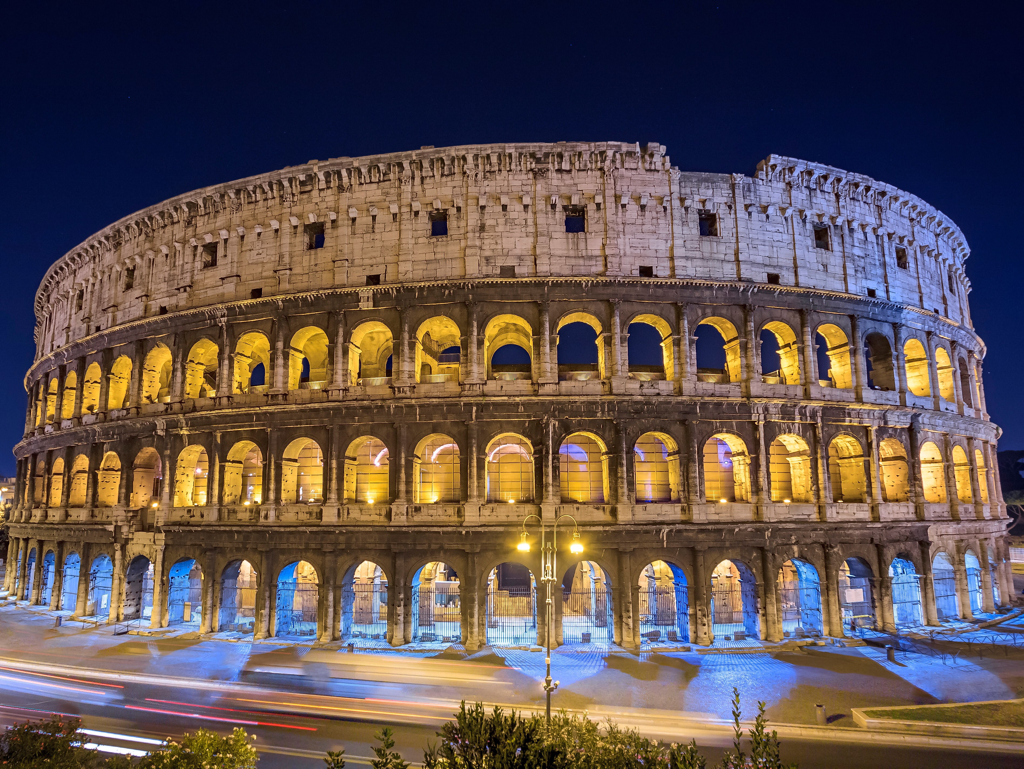
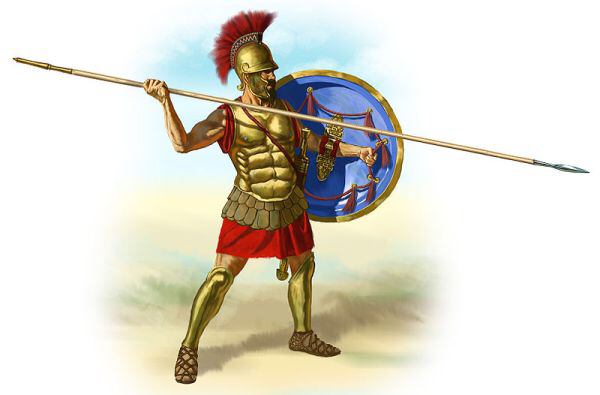
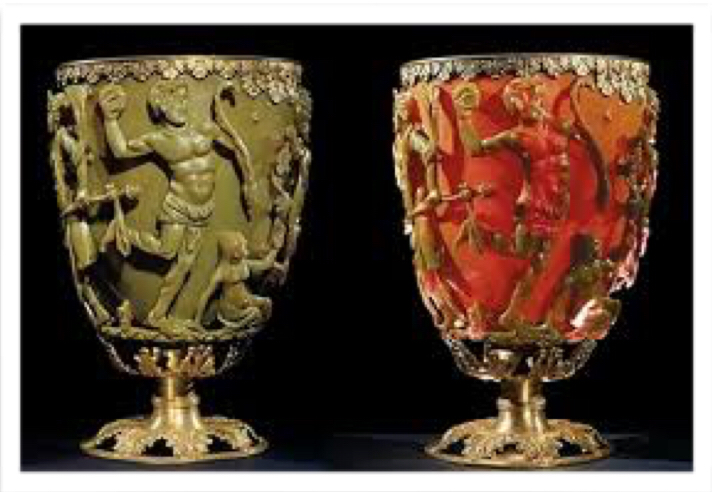
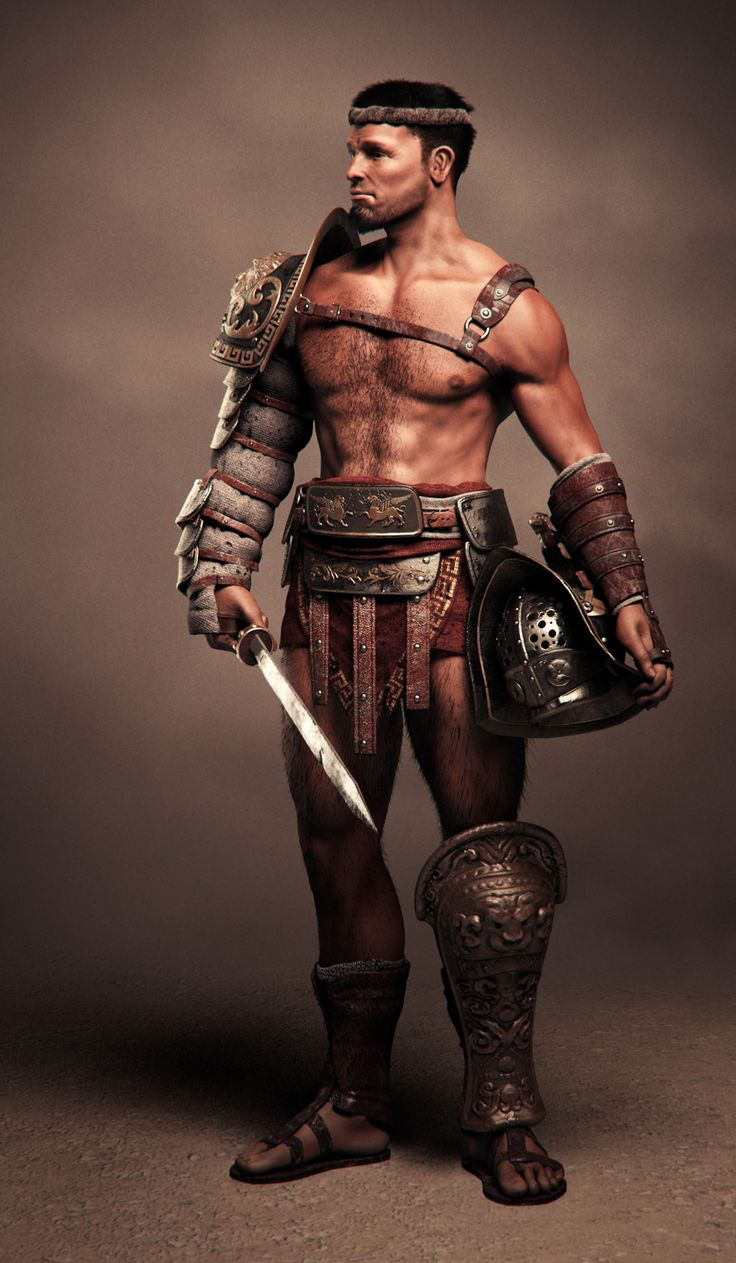
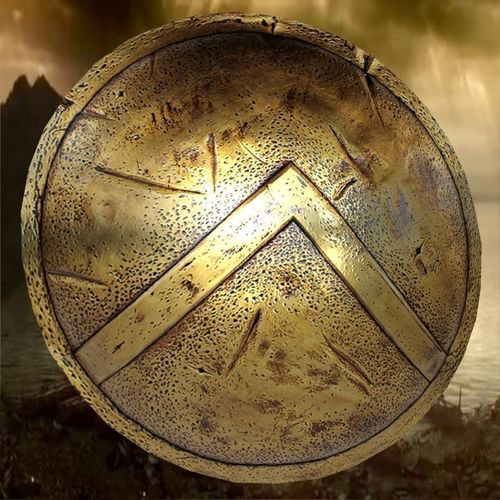
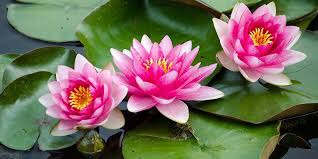
 RSS Feed
RSS Feed
